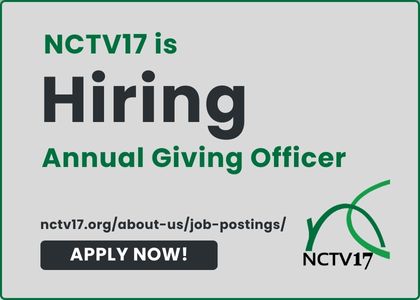How to Start Running
Running is a fun way to be active, improve overall fitness, make new friends and achieve new goals.
When running, each person can determine how fast, how far and what fits with their fitness goals.
Here are some tips to get started running and stay injury-free:
Start easy. Don’t start out too fast or too far. As with any exercise, start out slowly to allow time to warm up, then increase effort according to what feels good.
- Depending on someone’s aerobic fitness level, 10-30 minutes is a good length of time for a first run.
- If someone is unable to hold a conversation at a particular running pace, huffing and puffing and struggling to get words out, the pace is too fast.
- One technique is the run/walk method with intervals. A few examples are a 3-minute run/2-minute walk or a 1-minute run/30-second walk. Runners can increase their run intervals as they go along.
Choose the correct gear. Get fitted for running shoes at a running store. Experts can help people find shoes that are best for their feet and their gait. Wear proper running attire.
- Runners will work up a sweat while running. It’s best to dress for a temperature that is 20-30 degrees above the actual temperature.
- It’s best to wear light, sweat-wicking clothing that dries quickly and wicks away perspiration. Cotton clothing holds in wetness and gets heavy.
- Depending on the season, a good choice is a light shirt, jacket if needed, and shorts or tights.
Make running a habit. Once someone starts running, they’re a runner! Plan to run a certain number of times a week and stick to it. Set a goal.
- Sign up for a race, plan to run in a special location, or just have a personal running goal.
- Make new running friends or pair up with a running partner. Running is not only fun, but it also helps people remain consistent and work toward their fitness goals.
Along with running, it’s important to strengthen and stretch muscles. Be sure to include core and full body strength exercises at least twice a week. A strong body will help runners enjoy the sport for a long time and stay injury-free.
Need help with incorporating running into your workout routine? A fitness specialist can help you develop a fitness program that works for you.
630 Naperville Guest
Laurie Lasseter is a marathoner, ACE certified personal trainer and an RRCA certified running coach with Edward-Elmhurst Health & Fitness.
About Edward-Elmhurst Health
Edward Hospital and Linden Oaks Behavioral Health are part of NorthShore – Edward-Elmhurst Health, a fully integrated healthcare delivery system committed to providing access to quality, vibrant, community-connected care, serving an area of more than 4.2 million residents across six northeast Illinois counties. Our more than 25,000 team members and more than 6,000 physicians aim to deliver transformative patient experiences and expert care close to home across more than 300 ambulatory locations and eight acute care hospitals – Edward (Naperville), Elmhurst, Evanston, Glenbrook (Glenview), Highland Park, Northwest Community (Arlington Heights) Skokie and Swedish (Chicago) – all recognized as Magnet hospitals for nursing excellence. Located in Naperville, Linden Oaks Behavioral Health provides for the mental health needs of area residents. For more information, visit NorthShore.org and EEHealth.org.
More from 630 Naperville
Stay connected in the 630 by watching the best Naperville content featuring engaging people, local places, and great advice from experts.







